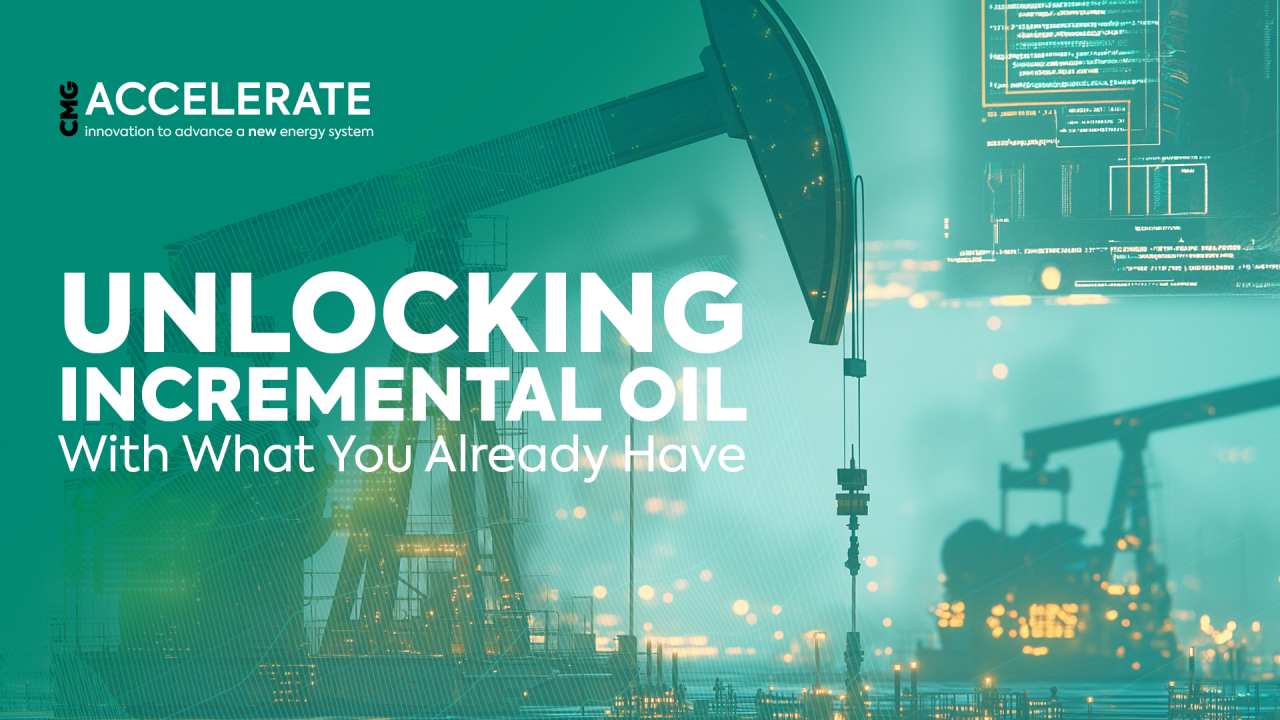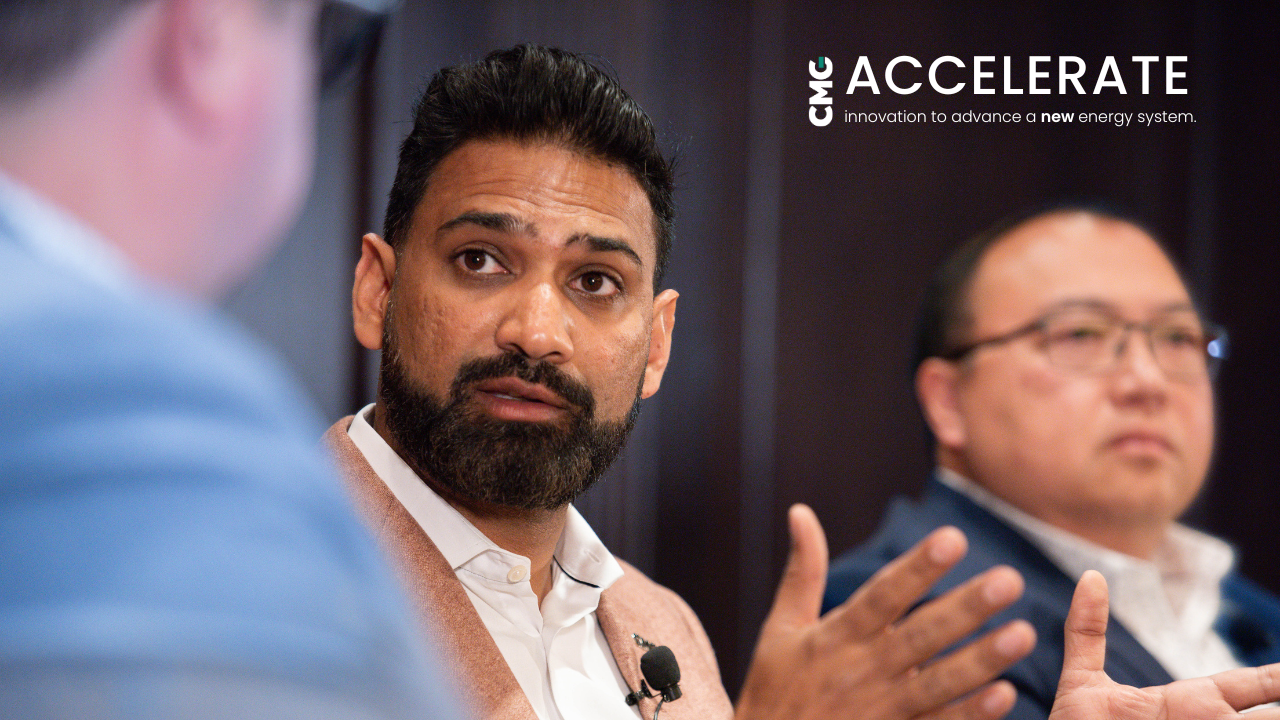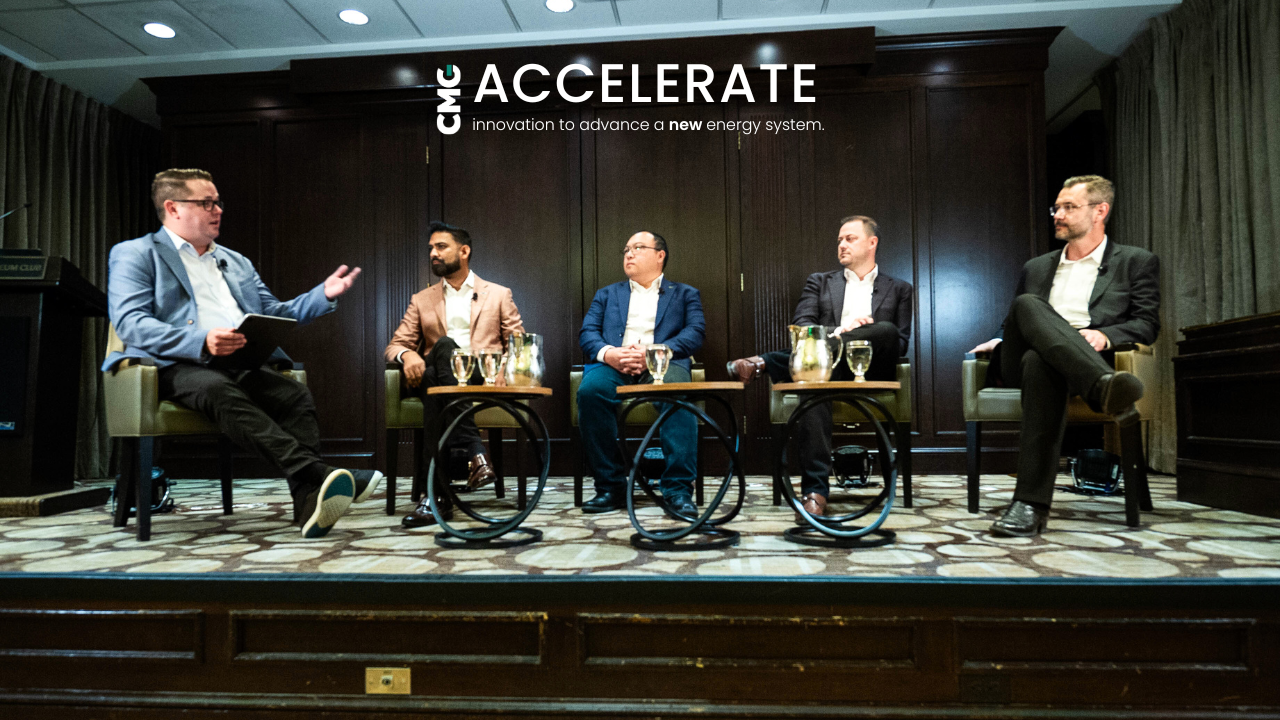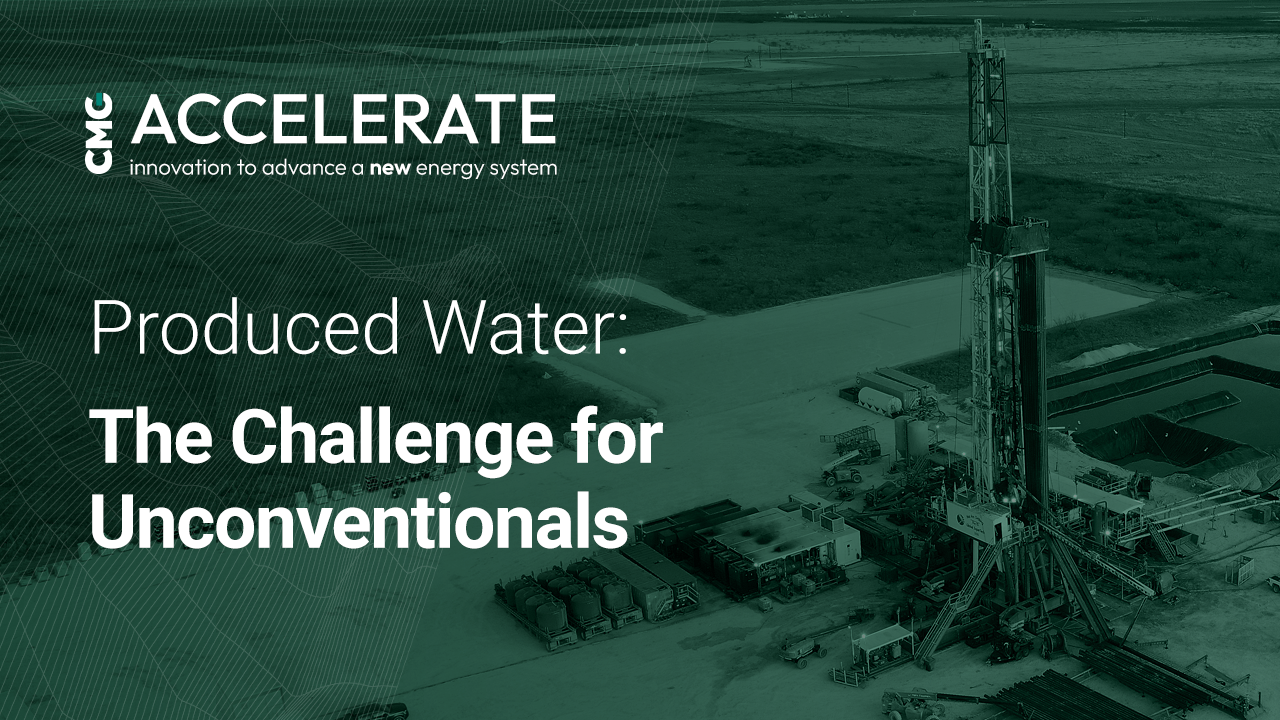In today’s upstream environment, the most accessible oil isn’t in frontier basins—it’s still residing in mature fields. Recovering these barrels economically necessitates a shift from capital-intensive development to precise, low-cost optimization.
In this month’s Accelerate edition, we explore how operators are achieving more with less—by refining waterfloods, selectively reinjecting gas, and optimizing production across legacy wells and existing infrastructure. It’s not about doing more—it’s about doing it better.
Oxy in Colombia: 45% More Oil, 30% Lower Cost
The La Cira-Infantas field in Colombia—a mature, waterflooded oilfield—was facing typical challenges: early water breakthrough, low sweep efficiency, and increasing decline rates.
Rather than drilling new wells, the team re-engineered their injection approach. By modeling multi-segment wells with variable control valves, optimizing valve positions and injection rates, and reducing the design to six valves from nine, they achieved:
- 45% increase in oil production
- 30% reduction in completion costs
- Improved sweep efficiency across zones
Selective injection isn’t new—but the difference lay in coupling well-level design with field-scale production objectives, using multi-objective optimization to balance recovery and cost
(Source: Oxy Case Study, 2021). https://onepetro.org/SPELACP/proceedings-abstract/19LACP/19LACP/453097
Waterflood Optimization: Simple Idea, Complex Payoff
Water injection remains one of the most effective tools in brownfields, but poor zonal targeting and outdated Voidage Replacement Ratio (VRR) assumptions can quietly drain millions in value.
Operators are refining water injection strategies by:
- Individual reservoir zones or well segments, allowing for more targeted and efficient recovery.
- Tuning Voidage Replacement Ratios (VRR) across field conditions
- Using pattern-level surveillance and simulation to reallocate water to more responsive zones
For instance, a multi-reservoir Middle East asset improved recovery by 6.2% over 10 years by optimizing injector configurations and facility constraints—without adding new injectors. (Sources – SPE 216197 (2023) / SPE 216197-MS).
The payoff of moving beyond static design and embracing dynamic, field-responsive injection planning— not only improves oil recovery, but also maximizes water utilization and reduces excess handling costs.
This is an imperative in our current volatile environment with the imperative to ‘do more with less’ and optimize what we already have.
Gas Reinjection Reconsidered
As tax incentives and CCS-linked economics improve, gas reinjection strategies—including those involving produced gas—are gaining renewed relevance in mature offshore and deepwater fields. However, for economic viability, reinjection must be modeled holistically—not just as a reservoir strategy but as a facilities and system level constraint.
New practices involve:
- Managing gas-oil ratio limits across producers
- Blending fluids across reservoirs to simulate real surface separation and compression
- Applying injection constraints dynamically based on facility uptime and pressure limits
In a case offshore Southeast Asia, integrated system modeling was applied to a deepwater development where produced gas was separated and re-injected into multiple reservoirs using a Gi/Gp-driven algorithm. The model honored both network-level and well-level constraints, enabling more reliable long-term forecasts and uncovering a production optimization path that delivered a 5% increase in cumulative oil while reducing compressor cycling and flare volumes (SPE 221169-MS, APOGCE 2024).
This case demonstrates that effective gas reinjection is not just about handling pressure maintenance—it’s about coordinating reservoir performance with real-time surface facility behavior to maximize oil output within infrastructure limits. Reinjection success now depends on integrated reservoir-facility collaboration, not just injectivity alone.
Existing Wells: The Quiet Growth Driver
Operators across North America and Latin America are refocusing on low-rate, legacy wells—not to abandon them, but to optimize around them. By coupling surface backpressure constraints, optimizing artificial lift, and zonal response modeling, teams are:
- Reactivating lower-GOR producers constrained by system-level limits
- Managing separator pressures and Tubing Head Pressure dynamically
- Reducing unnecessary workovers by improving allocation models
In Brazil, the Brava field—facing declining rates from existing producers—demonstrated how incremental gains can be unlocked through well-level optimization. Engineers applied zonal tuning and real-time constraint modeling to reallocate flow from higher-GOR producers to more oil-rich zones within the same wellbore system. Without drilling a single new well, the team extended plateau production and reduced water handling volumes, achieving meaningful uplift with minimal capital investment in a high stakes offshore environment (Brava Field Case Study, 2024).
The optimization led to:
- A $2B increase in NPV
- Infrastructure debottlenecking under actual facility limits
- Recovery gains driven by allocation tuning—not new drilling
The Brava case underscores the point: optimized decisions from existing wells aren’t just incremental—they’re transformative when executed systemically.
According to Wood Mackenzie (Q1 2025 Upstream Operations Outlook), re-optimization of marginal wells contributed to 18% of production growth across mature North American fields in the past year.
Re-optimization—not new drilling—is driving a significant share of production growth in mature plays.
When 18% of production gains come from tuning and reallocating existing assets, it reinforces that field performance today is less about adding volume, and more about unlocking what’s already there. In a capital-disciplined environment, the operators winning are those squeezing more from the wells they already have—through smarter modeling, better allocation, and integrated planning.
Why Integrated Modeling is the Enabler
What ties all these stories together? A move toward truly integrated production planning. No longer siloed between surface, wells, and subsurface, teams are simulating full-system behavior—including economic and operational constraints—to make faster, higher-confidence decisions.
This means:
- Better sweep efficiency through zonal balancing: Waterfloods and gas injection schemes can be dynamically adjusted based on segment-level flow performance and real-time pressure behavior, improving conformance and reducing early breakthrough.
- Facility-constrained production planning: Integrated models honor real-world infrastructure limits—compressor throughput, separator pressures, reinjection capacity—so that plans are feasible and optimized within actual operating envelopes.
- Faster cycle times for simulation and decision-making: With integrated modeling, teams can run complex forecasts in hours rather than days. This agility supports short-term operational decisions and long-term field development planning alike.
- Reduction in deferred production from operational mismatches: Many barrels are lost not because the reservoir can’t deliver them—but because surface or facility constraints were not modeled during planning. Integrated models expose these mismatches early, allowing proactive mitigation.
- More effective collaboration across disciplines: When geoscientists, reservoir engineers, facilities planners, and production teams share a live, unified model, assumptions are transparent and tradeoffs are easier to quantify. This minimizes rework, accelerates alignment, and builds trust.
Yes, some of these insights can be derived manually, but that often means lengthy iterations, fragmented analysis, and a heavy lift from already stretched teams. So why stay in first gear when you can turn on the automatic engine?
Integrated modeling reduces engineering hours, improves capital efficiency, and delivers faster time to value—letting your team focus on making high-impact decisions rather than chasing disconnected data.
Field-Proven Results
Across regions and strategies, teams are unlocking measurable returns:
• Zonal waterflood tuning → +5–8% recovery with no new wells (SPE 216197-MS, 2023)
• Selective valve optimization → 30% reduction in completion costs (Oxy Case Study, La Cira-Infantas, 2021)
• Legacy well reallocation → Reactivated low-GOR producers without drilling (Wood Mackenzie, Q1 2025 Upstream Outlook)
• Dual-reservoir optimization (Brava Field) → $2B NPV uplift, infrastructure debottlenecked under real-world pump constraints (Brava Case Study, 2024)
The Takeaway?
Mature fields aren’t out of oil—they’re constrained by outdated strategies.
The fastest way to create value in 2025 isn’t exploration—it’s orchestration.
When every decision reflects the full system—from subsurface to separator—incremental oil becomes low-hanging fruit. And the most cost-effective barrels are often the ones already sitting in the reservoir.
This is the new mandate for asset teams: unlock incremental oil with what you already have.
The tools exist. The opportunity is measurable. And the competitive advantage lies in execution.
The challenge is no longer technological. It’s organizational.







